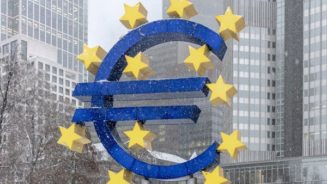The WEO forecasts global growth at 3.2% this year, picking up to 3.5% in 2017 – a downward revision from in January (0.2% and 0.1% respectively).
Christine Lagarde, IMF managing director, said that the recovery is too slow and too fragile, with the risk that persistent low growth can have damaging effects in the social and political make-up of many countries, in a recent speech.
“Persistent slow growth has scarring effects that themselves reduce potential output and with it, demand and investment,” said Maurice Obstfeld, IMF economic counsellor and director of research.
To support global growth, there is a need for a more potent policy mix—a three-pronged policy approach based on structural, fiscal, and monetary policies, noted Obstfeld. “If national policymakers were to clearly recognise the risks they jointly face and act together to prepare for them, the positive effects on global confidence could be substantial.”
US growth is forecasted at 2.4% this year, underpinned by domestic demand that will be supported by improving government finances and a stronger housing market. The euro area will see modest growth at at 1.5% this year, with an uptick to 1.6% next year, due to low investment, high unemployment, and weak balance sheets.
Meanwhile India shows strong growth and rising real incomes, while the ASEAN-5 economies (Indonesia, Malaysia, Philippines, Thailand, and Vietnam) are also doing well. Mexico, Central America, and the Caribbean benefit from the US recovery and lower oil prices.
The IMF survey also said that financial risks will become more prominent, together with geopolitical shocks and political discord.




